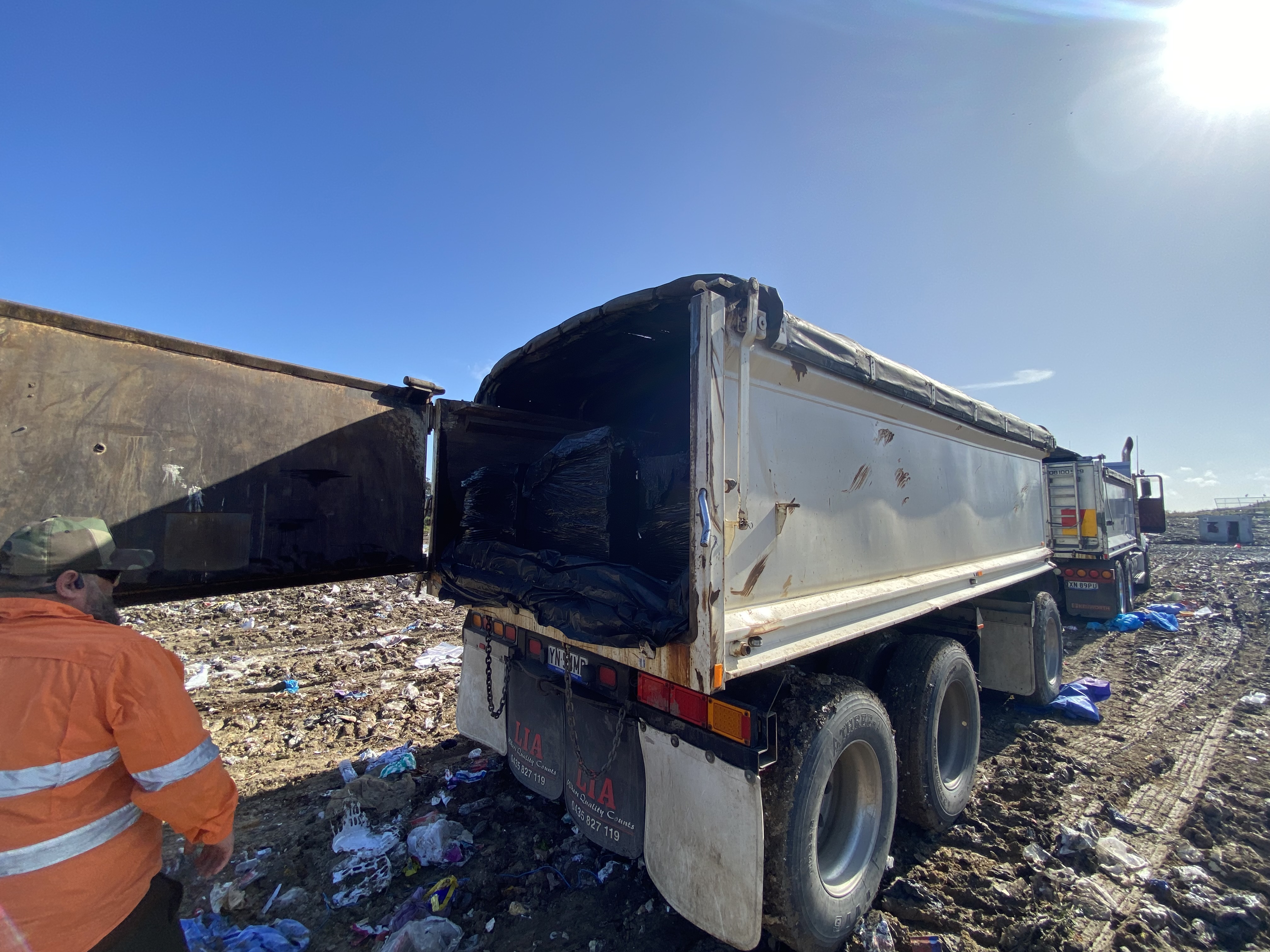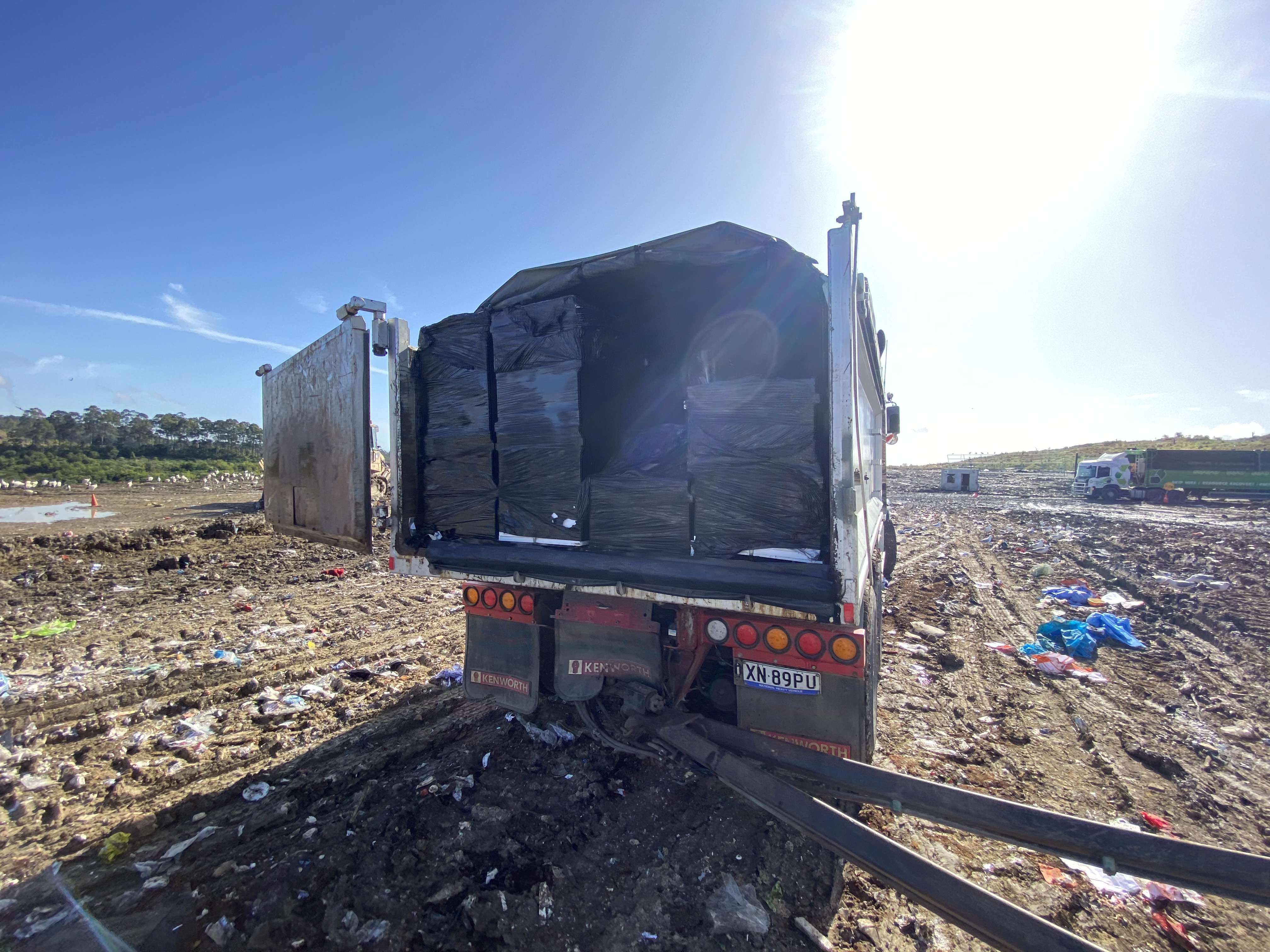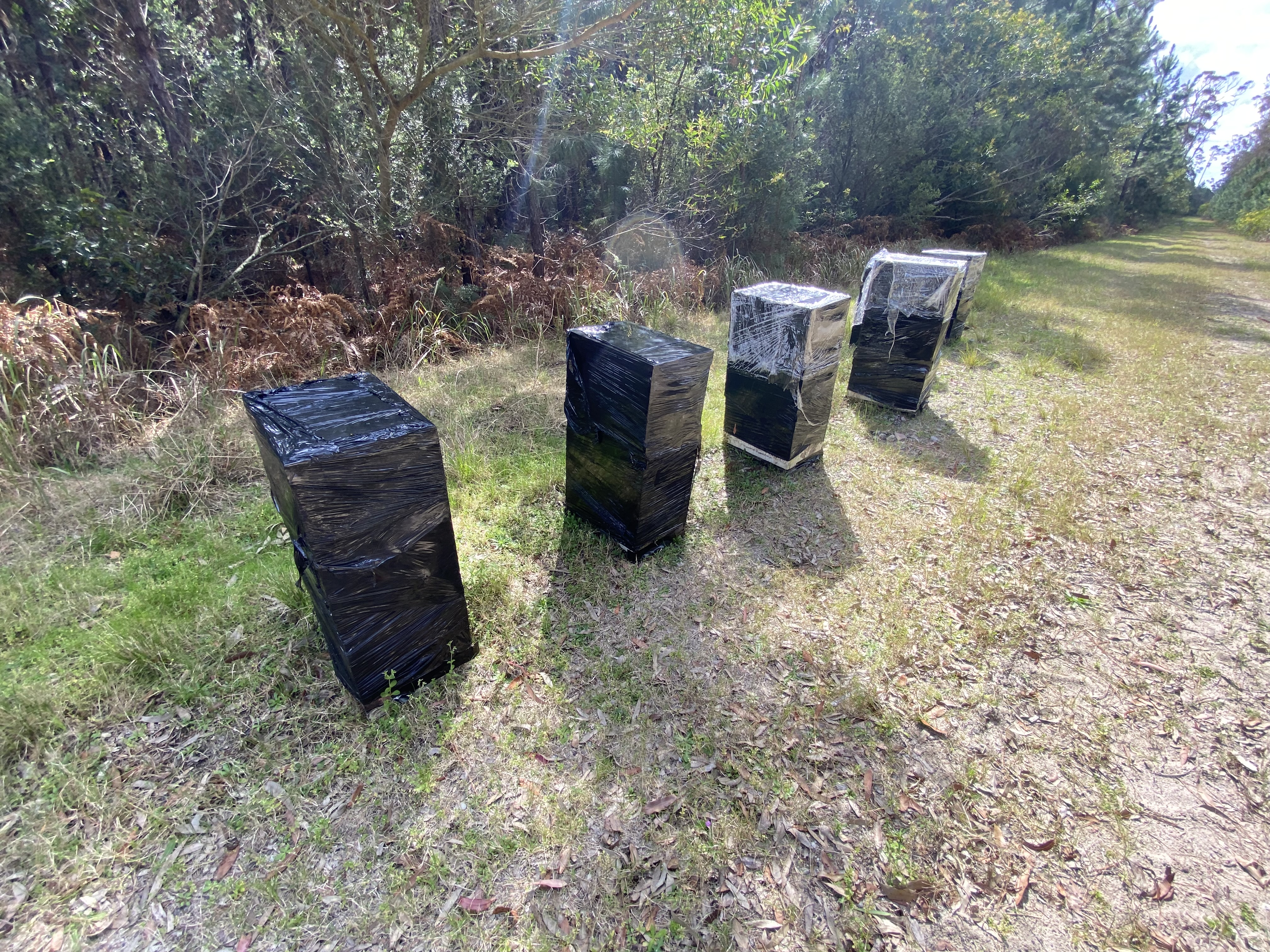
Disposing of beehives as part of Varroa mite outbreak response
NSW Public Works (NSWPW) has collected and disposed of more than 12,500 honeybee hives as part of the state-wide response to eradicate the Varroa mite disease.
The NSW PW emergency engineering management team is used to dealing with fires, floods, and structural disasters.
But in June 2022, the team was called on for a different kind of job – to support the biosecurity emergency response to Varroa mite.
“We were engaged to manage the logistics of collecting and disposing of wrapped hives following euthanasia,” said NSW Public Works Senior Project Manager Randeep Singh, who led the initial response by NSWPW. “It’s not often we’re involved with biosecurity issues, but it just shows how our experience and capability can be harnessed for diverse situations.”


Between June and December 2022, NSWPW collected and disposed of more than 12,500 hives out of nearly 13,500 hives, accounting for 94 percent of hives to be removed. “The hives have been picked up from more than 2,400 sites, ranging from people’s back yards, the middle of fields and up mountains,” said Mr Singh.
Varroa mite is the most serious pest for honeybees worldwide. The mites are tiny reddish-brown parasites and easily identifiable to the naked eye.
Since being discovered in the port of Newcastle on 24 June 2022, the NSW Department of Primary Industries (DPI) has coordinated a state-wide response to contain the disease. As part of the NSW DPI Eradication Plan, all honeybee hives in an eradication zone (10 km from an infected premise) had to be euthanised.
“The DPI came to NSWPW as we lead the engineering emergency management function for the NSW Government. We know how to organise and procure resources quickly and at scale and have experience managing large contractors,” said NSWPW Senior Project Manager Wayne Bell, who led the ongoing response by NSWPW. “We also have a lot of stakeholder and community engagement experience, which we had to apply on this project—many hive owners understood the broader significance of the program but nonetheless were quite distraught to lose their bees.”


NSW Public Works set up a pilot program to remove and transport hives to Environment Protection Authority-approved waste management facilities across NSW for disposal.
To deliver the work, NSWPW drew on its experience with bushfire and flood clean-up. “We were able to quickly engage a contractor who had assisted with clean-up efforts in the 2019-20 bushfires and the February and March 2022 floods,” said Mr Bell.
Following an initial six-week pilot, NSWPW engaged other local contractors to continue managing the pickup and disposal of honeybee hives. This was from eradication zones around Newcastle, Upper Hunter, Central Coast, Coffs Harbour, and Narrabri.
Australia is the only major honey producing country free from Varroa mite. “These efforts to get rid of the parasite are critical to help protect the NSW honeybee industry,” Mr Bell said.